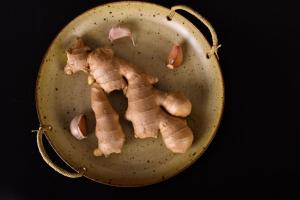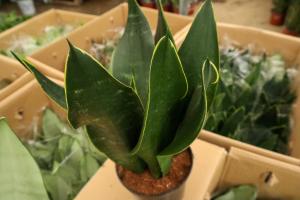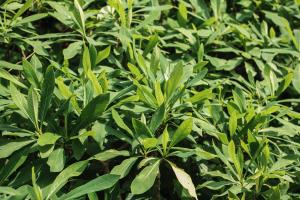Why Is My Newly Planted Blue Spruce Tree Turning Brown?
Planting a blue spruce tree can add beauty and character to your yard. However, when the tree begins to turn brown, it can be a cause for concern. There are several reasons why a newly planted blue spruce tree might turn brown, including:
1. Over or Under-Watering
The most common reason for a newly planted blue spruce tree to turn brown is due to over or under-watering. When a tree is over-watered, the roots become waterlogged and cannot absorb enough oxygen. This can cause the needles to turn brown and eventually fall off. On the other hand, under-watering can cause the needles to dry out and turn brown. It is important to water the tree according to its needs, which can vary depending on the climate and soil conditions.
2. Root Rot
The second common reason for a newly planted blue spruce tree to turn brown is due to root rot. This condition is caused by a fungus that infects the roots of the tree, making it difficult for the roots to absorb water and nutrients. Over-watering can increase the likelihood of root rot, as can planting the tree in soil that is too heavy or poorly drained. If root rot is the cause, it is important to remove the affected soil and replace it with fresh soil and a transplant that is healthy and free from the fungus.
3. Winter Burn
In colder climates, a newly planted blue spruce tree can develop winter burn. This condition is caused by harsh, cold winds and low temperatures that can dry out the needles and cause them to turn brown. To prevent winter burn, it is important to protect the tree from the wind, provide it with ample moisture, and cover it with burlap or other protective material during the winter months.
4. Insect Infestation
If your newly planted blue spruce tree is turning brown and you notice signs of insect infestation, such as holes in the needles or visible pests, this could be the cause. There are several types of insects that can harm a blue spruce tree, including spider mites, sawflies, and adelgids. Early detection and treatment are key to preventing damage, and it is important to consult with a professional if you suspect an insect infestation.
5. Transplant Stress
Finally, a newly planted blue spruce tree can turn brown due to transplant stress. This occurs when the tree is removed from its original location and planted in a new one, causing it to undergo shock as it adjusts to its new environment. This can cause the needles to turn brown and eventually fall off. To prevent transplant stress, it is important to carefully choose the location where the tree will be planted and to provide it with ample moisture and nutrients during the first few years after planting.
In conclusion, a newly planted blue spruce tree can turn brown for several reasons, including over or under-watering, root rot, winter burn, insect infestation, and transplant stress. By identifying the cause of the problem and taking appropriate action, you can help your tree recover and thrive for years to come.

 how many times do yo...
how many times do yo... how many planted tre...
how many planted tre... how many pine trees ...
how many pine trees ... how many pecan trees...
how many pecan trees... how many plants comp...
how many plants comp... how many plants can ...
how many plants can ... how many plants and ...
how many plants and ... how many pepper plan...
how many pepper plan...
































